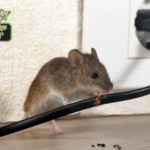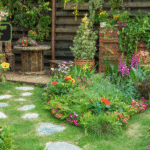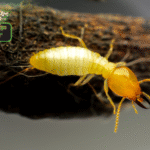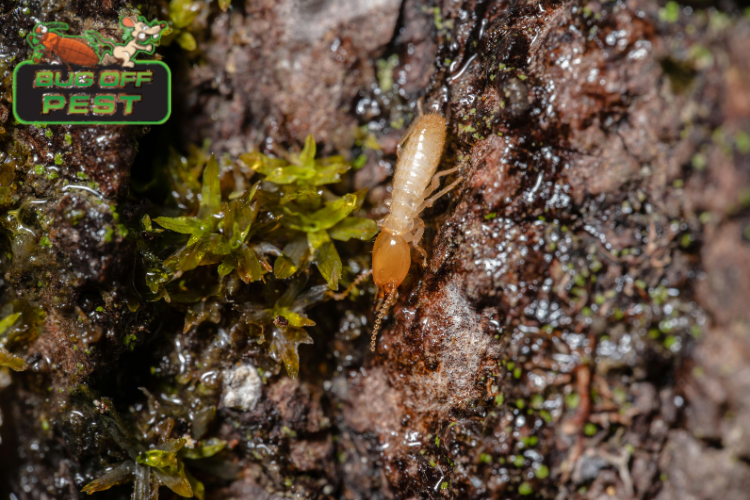Termite infestations can be a big risk for your home or business. Subterranean termites are the most common type that destroys wooden structures in the United States. They eat the wood inside these buildings. This kind of termite damage can cost a lot to fix. It is important to find an infestation early. Early detection helps stop more structural harm and can save your property.
To stop termites from doing a lot of harm, it helps to know how they live and why they might come into your space. This way, you can do small things to keep them out and use pest control or pest control services when you need to.
Common Reasons for Termite Infestation in the United States
Termites need food, water, and shelter to live. These pests do very well in places that give them what they want. There are different kinds, like subterranean and drywood termites. Both can use weak spots in homes found all over the United States. Pest control experts say that things like poor drainage, wood that is not treated, and cracks in the base of houses help these insects get in.
Knowing more about pest control and what brings termites into homes can help people keep their places safe from these bugs. Now, let’s see what main things cause termites to come around.
Excess Moisture Around the Home
Moisture problems often bring termites, especially subterranean termites, because they like damp places. When water builds up near the base of a house, basement, or crawl space, it can be a big draw for a termite. These subterranean termites use mud tubes to move around and stay wet, which helps them keep the moisture that keeps them alive.
Condensation found near pipes or air conditioners can make things worse. If plumbing is leaky, that water can get into crevices and help termites move in. Fixing any leaking pipes or systems can lower this risk.
Sometimes, people do not see how much harm runoff water or bad drainage near the house can do. Doing inspections often will help you spot anywhere that water stands and where termite colonies may start. If you take care of moisture issues, then it will be hard for termites to get in and settle around your property.
Wood-to-Ground Contact
Direct wood-to-ground contact is one big way that termites get in. It lets them reach the wood products they eat. Wooden structures like decks, sheds, and fences that sit right on the soil can get a termite infestation fast.
Look a bit closer, and you will find other places that can bring problems:
Crawl spaces with old wooden debris give termites a place to live and food to eat.
Landscaping mulch or wood edging that touches the ground calls termites over.
Firewood piles close to your foundation go around any soil treatments, so termites get in.
Lift wooden structures off the ground. Use pest-resistant materials if you can. This will reduce how many ways there are for termites to get in. Taking care of wood-to-ground contact can lower the risk of structural damage from a termite. It helps your home stay safe.
Poor Drainage and Water Leaks
Poor drainage systems around your house can cause water to collect and pool. This extra moisture will make termites come and stay near your home. Termite problems often start in places with too much water, like spots where the gutters are clogged.
Water leaks inside your house can make things worse. When you have a leaky roof, dripping plumbing, or a running faucet, it lets termites find their way in through small crevices. These wet conditions can slowly weaken your wooden structures and many fixtures.
Accumulation of Cellulose Materials
ermites like to eat things that have a lot of cellulose. Because of this, homes can be easy targets when cellulose builds up inside. Cardboard boxes, paper, left-over wood, and other debris often turn into food sources for termites.
If you do not throw away or store these cellulose materials the right way, like in basements or garages, the problem can get worse. Even small amounts of cellulose can bring a new colony of termites to your place.
Cleaning up your spaces and keeping items like cardboard away from places with moisture helps lower the chance of an infestation. Homeowners can also try to use pest-resistant products if they can, and they should check their homes for termite activity on a regular basi
Landscaping Mulch Placed Too Close to the House
Landscaping mulch keeps warmth and moisture in the ground, and this can make the area good for termites. Too much mulch close to your home’s foundation can lead to a termite infestation.
Mulches made from plants that hold a lot of moisture often draw termites in. Since mulch can connect the outside to wooden structures, it’s best to keep mulch 12-18 inches away from your foundation. This is a common part of a termite control service.
To keep pests like termites away and keep your yard looking good, take away any extra mulch now and then. Also, use pest-resistant landscaping materials to lower the chances of having an infestation.
Untreated Wooden Structures Outdoors
Outdoor wooden structures like decks, pergolas, and garden furniture can often be left without any treatment. This makes them easy targets for pests like termites. If the wood does not have anything to protect it, it soaks up moisture, and this can lead to termite damage after some time.
You can use special treatments like sealants or other protective finishes to lower the risk of problems. If you place these wooden structures above the ground and not right on the soil, it keeps termites away and helps stop an infestation from starting.
Homeowners should check their outside wooden structures often. Look for signs of termite activity, cracks, or wear from the weather. Treating the termite and pest issues early can save you money on repairs and lower the chance of more pests moving in.
Warm and Humid Climate Conditions
Warm and humid places are where termites such as formosan termites and subterranean termite swarmers often thrive. In these spots, there is the right mix of heat and moisture for termite colonies to grow fast. The climate makes good nesting sites for them.
Places with higher humidity usually have more termite activity. This is even more likely when it is the season for termite swarmers to mate or for swarms to happen. Outdoor wooden structures can be at high risk of termite damage in these areas.
To handle this pest problem, many pest control services say it is good to set up air circulation systems. This helps bring down the humidity inside your home. It also helps to do regular inspections at home in warm months. That way, you can spot any termite damage sooner. Watching out for termite swarmers and staying on top of pest control can save you time and money. Prevention is always a good move for any homeowner.







